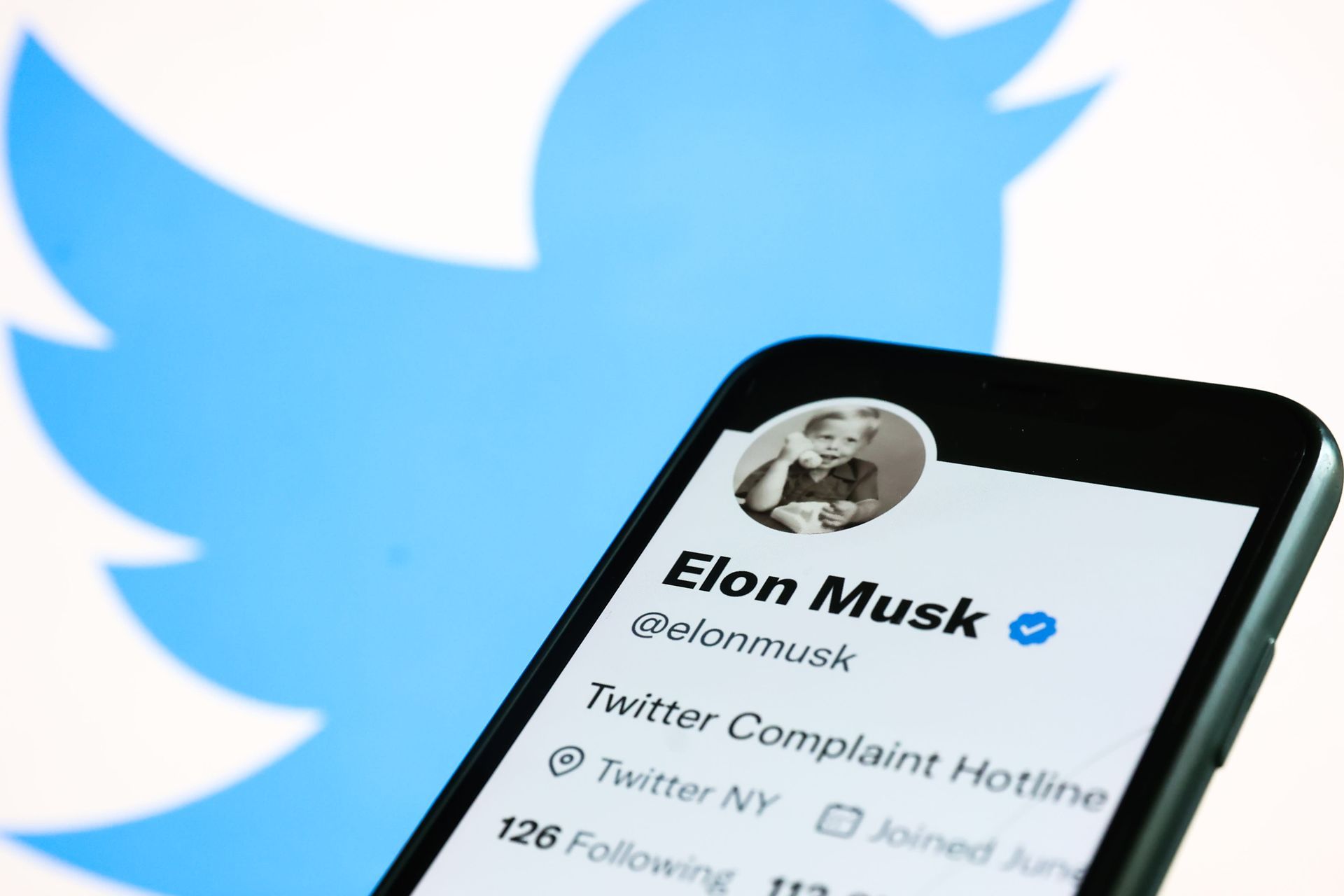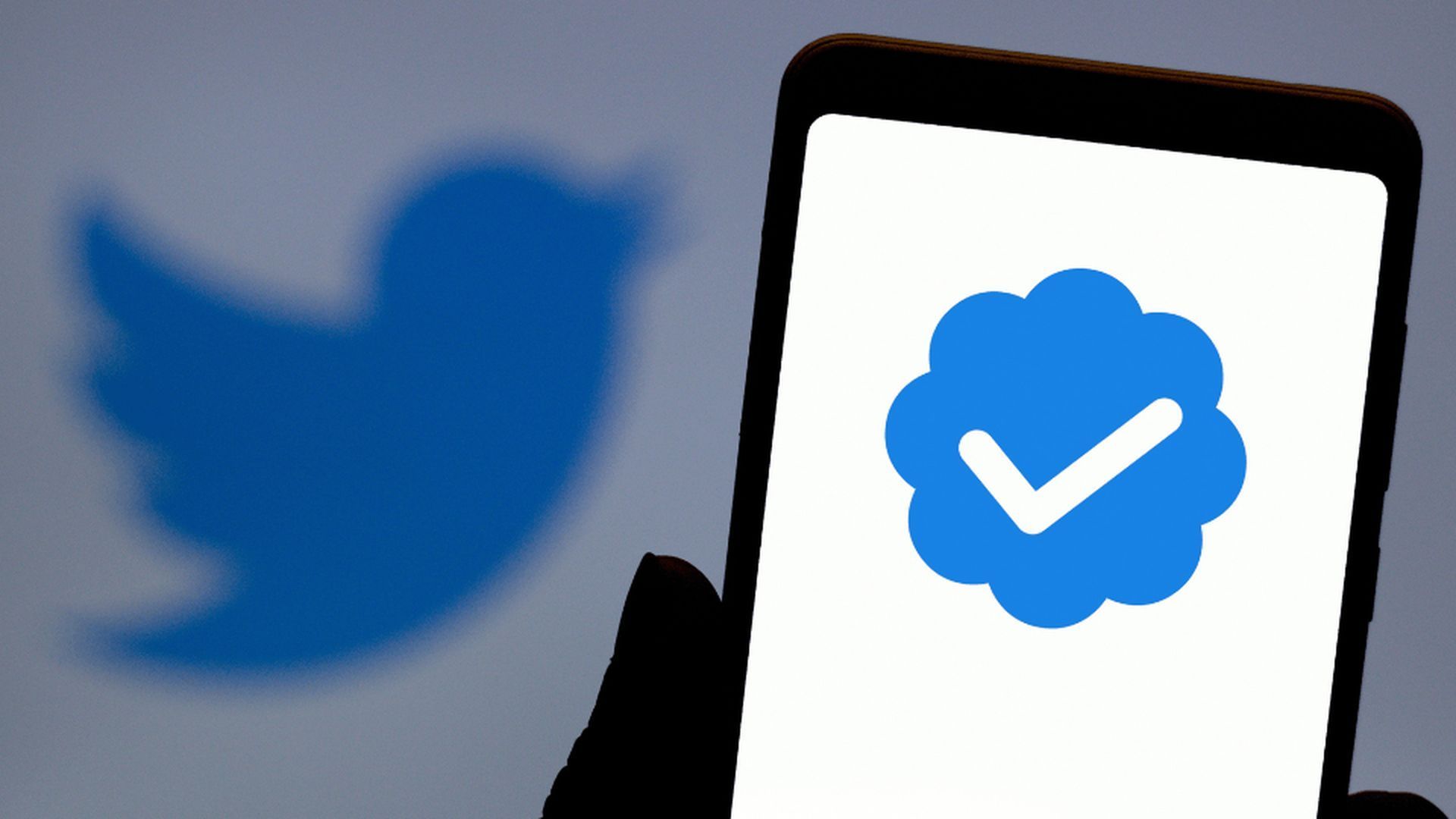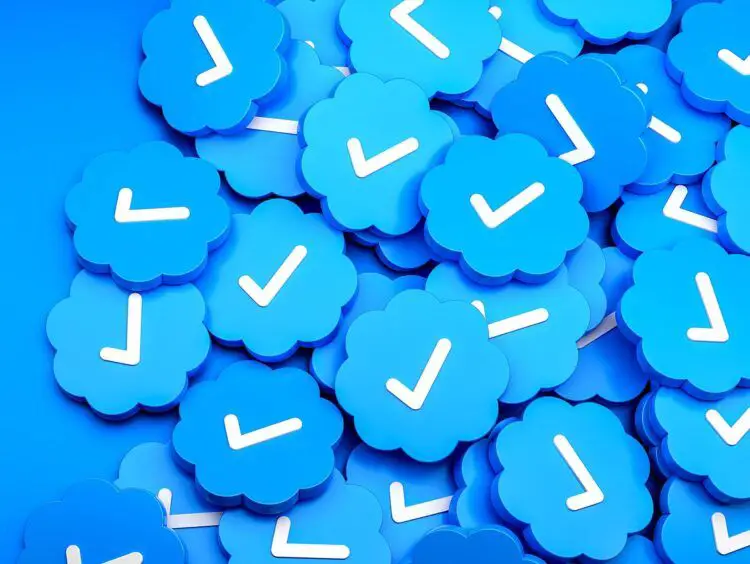- Elon Musk has unveiled the next phase of his ‘Twitter 2.0’ plan, which includes prioritizing the replies of Twitter Blue subscribers.
- Despite Musk’s plans, Twitter has struggled to implement changes to its ranking system without causing unintended consequences.
- While it appears that Twitter has resolved some of the issues with its ranking algorithm, Elon Musk has expressed concerns that the platform’s algorithm is still overly complex and not fully understood internally.
- The implementation of prioritized replies for paying Twitter users will result in non-paying users being downranked if they have no connection to the posting account, which could have unintended consequences.
- It remains unclear whether the re-ranking system will be sustainable in the long term, and prioritizing paying accounts might actually result in reduced tweet activity overall, as the platform becomes more politicized.
Elon Musk has unveiled the next phase of his ‘Twitter 2.0’ plan, which includes prioritizing the replies of Twitter Blue subscribers. This move comes as part of Musk’s efforts to improve tweet visibility, among other elements of his updated Twitter Blue subscription plan.
However, despite Musk’s plans, Twitter has struggled to implement changes to its ranking system without causing unintended consequences.
In the coming weeks, Twitter will prioritize replies by:
1. People you follow
2. Verified accounts
3. Unverified accountsVerified accounts are 1000X harder to game by bot & troll armies.
There is great wisdom to the old saying: “You get what you pay for.”
— Elon Musk (@elonmusk) March 18, 2023
Twitter to prioritize replies of Blue subscribers
In January, Twitter users reported a significant decline in overall tweet engagement, and it was later revealed that Twitter’s engineering team was struggling to implement new code changes due to the system’s patchwork nature. This, in turn, led to unexpected issues and adverse side effects that hindered overall tweet reach.
While it appears that Twitter has resolved some of the issues with its ranking algorithm, Elon Musk has expressed concerns that the platform’s algorithm is still overly complex and not fully understood internally.
Our “algorithm” is overly complex & not fully understood internally. People will discover many silly things , but we’ll patch issues as soon as they’re found!
We’re developing a simplified approach to serve more compelling tweets, but it’s still a work in progress. That’ll also…
— Elon Musk (@elonmusk) March 17, 2023
Despite this, Musk and his team appear ready to move forward with implementing the aspect that prioritizes the replies of paying Twitter users, providing them with greater reach and exposure in reply chains. This will result in non-paying users being downranked if they have no connection to the posting account, which could have unintended consequences.
For instance:
- According to researcher Travis Brown’s estimates, Twitter has around 450,000 paying Twitter Blue subscribers currently, which represents only 0.18% of the platform’s 253 million total active users.
- Many of these subscribers are likely supporters of Elon Musk, who is increasingly becoming a political figure. As a result, Twitter will soon amplify tweets from a small segment of users who are more inclined to support one side of the political discussion.
- While the impact may seem insignificant, considering that a small percentage of Twitter users produce the majority of tweets, the effects on overall tweet discourse could be more significant than expected.
- The probable outcome of this change is that users will be hesitant to tweet about divisive political topics for fear of receiving an onslaught of replies from paid blue tick accounts. Meanwhile, more spammers and attention-seekers may try to capitalize on viral tweets to gain more exposure for their messaging.
In general, we don’t know that it will have a massive impact on overall tweet interaction, because Twitter Blue take-up is so low. But it will have some effect in tilting the discussion in the app – while brands may also now have more reason to consider signing up to Twitter Blue, in order to get their replies more exposure and presence.
At present, it seems that brands are able to sign up for Twitter Blue, but we would expect Twitter will eventually push them towards its significantly more expensive ‘Verification for Organizations’ program, which could change the process once again.
But right now, the only pending change will be the re-ranking of replies, which, again, will likely have minimal impact, so long as it only relates to tweet replies, and doesn’t limit tweet visibility in general. Which is another element that Twitter is experimenting with.

This week, a report from Platformer indicated that Twitter has deliberately restricted the reach of accounts of competitor social media apps, including Facebook, Instagram, TikTok and more. Which is not surprising – Musk takes a dim view of enabling promotion of his competition, and we have already seen attempts to block outbound links to competing social apps.
If Twitter were to expand this and possibly give paid checkmark accounts more exposure in user ‘For You’ feeds, it could have a more substantial impact and significantly influence the app’s conversation. Currently, Twitter doesn’t seem to be moving in that direction.
Even the US Department of Health and Human Services’ account was among those being restricted, possibly due to Musk’s criticism of public health officials’ handling of the COVID outbreak. This may suggest Musk’s personal ideologies are interfering with tweet ranking. As Twitter aims to drive up Twitter Blue subscriptions, it’s possible that it may implement more broad-reaching restrictions on non-paying accounts in the future.
While it’s not happening yet, as Musk says, “you get what you pay for.” If Twitter truly wants to increase its paid subscriptions, it will probably explore more ways to monetize its platform. Moreover, Elon himself doesn’t see the $8 per month cost as significant, and he thinks users should just pay it without hesitation.

It remains unclear why most Twitter users would ever pay for a subscription, especially since many don’t even tweet and wouldn’t benefit from increased exposure or a blue tick.
Nonetheless, Twitter is moving forward with its Twitter Blue plan, hoping to attract enough paying subscribers to reduce its reliance on ad revenue and, as Elon Musk puts it, “liberate” itself “from the whims of corporate America.” Despite this, it still seems like an unlikely scenario.
However, Twitter is currently generating $3.6 million each month from Twitter Blue, which could justify the effort, even if it doesn’t turn out to be a significant revenue source.
Nevertheless, it’s uncertain whether the re-ranking system will be sustainable in the long term, and prioritizing paying accounts might actually result in reduced tweet activity overall, as the platform becomes more politicized. Only time will tell – Elon Musk has stated that the re-ranking feature will be implemented in the upcoming weeks.





